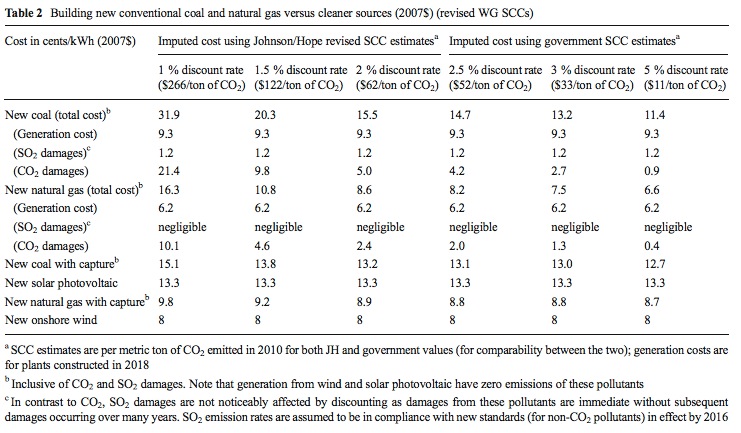
ASSOCIATION FOR ENVIRONMENTAL STUDIES AND SCIENCES
This paper extends the work of Johnson and Hope (2012), who re-estimated the US government’s estimates of climate change damages, called the “social cost of carbon” (SCC), to more fully account for impacts on future generations. To demonstrate the policy implications of their SCC estimates, Johnson and Hope (JH) incorporated the costs of pollution into the cost of electricity generation from coal, natural gas, onshore wind, and solar photovoltaic…Overall, for new generation, we find that all JH and government SCCs justified conventional natural gas, natural gas with CCS, and wind over conventional coal. Most estimates also justified solar and coal with CCS over conventional coal, and wind over natural gas. For existing generation, at all of JH’s SCCs, continuing to operate some of the dirtiest coal plants is more expensive than replacing them with natural gas, natural gas with CCS, or wind; at their two highest estimates, this is also true for new coal with CCS and solar photovoltaic.
View this complete post...
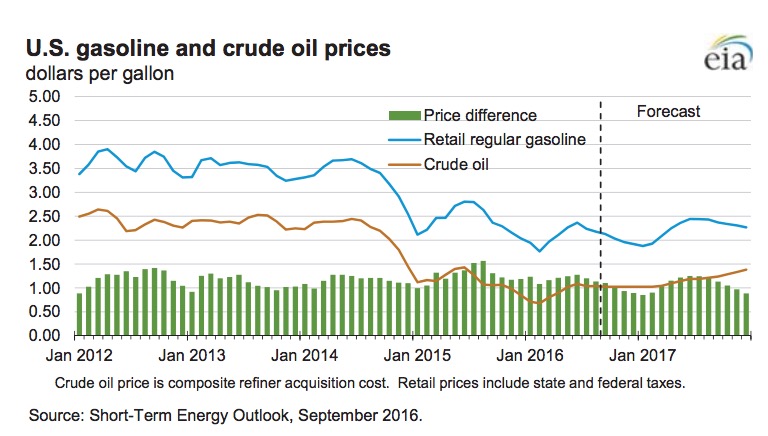












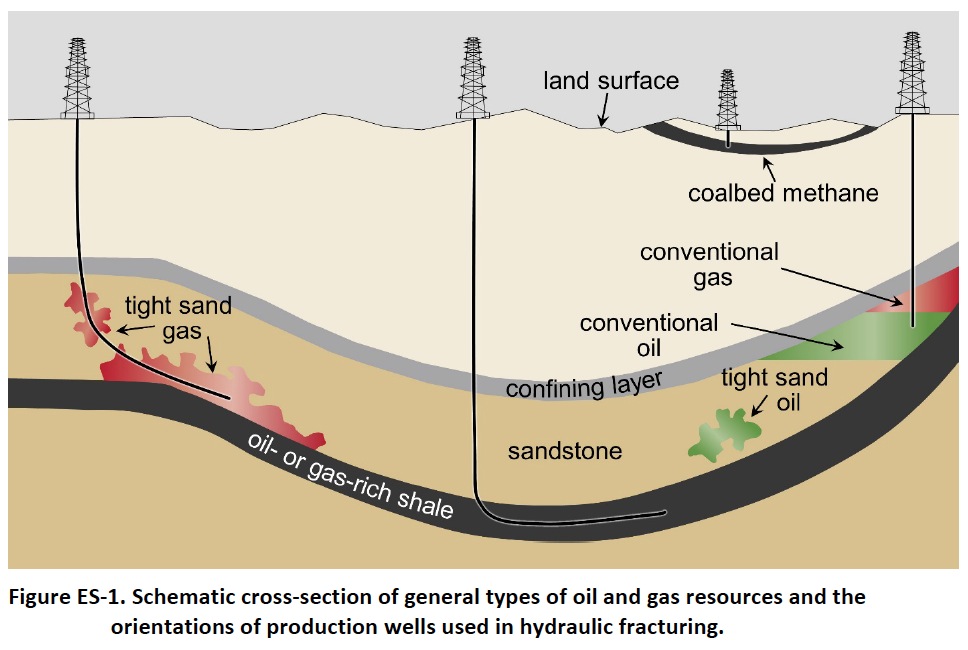
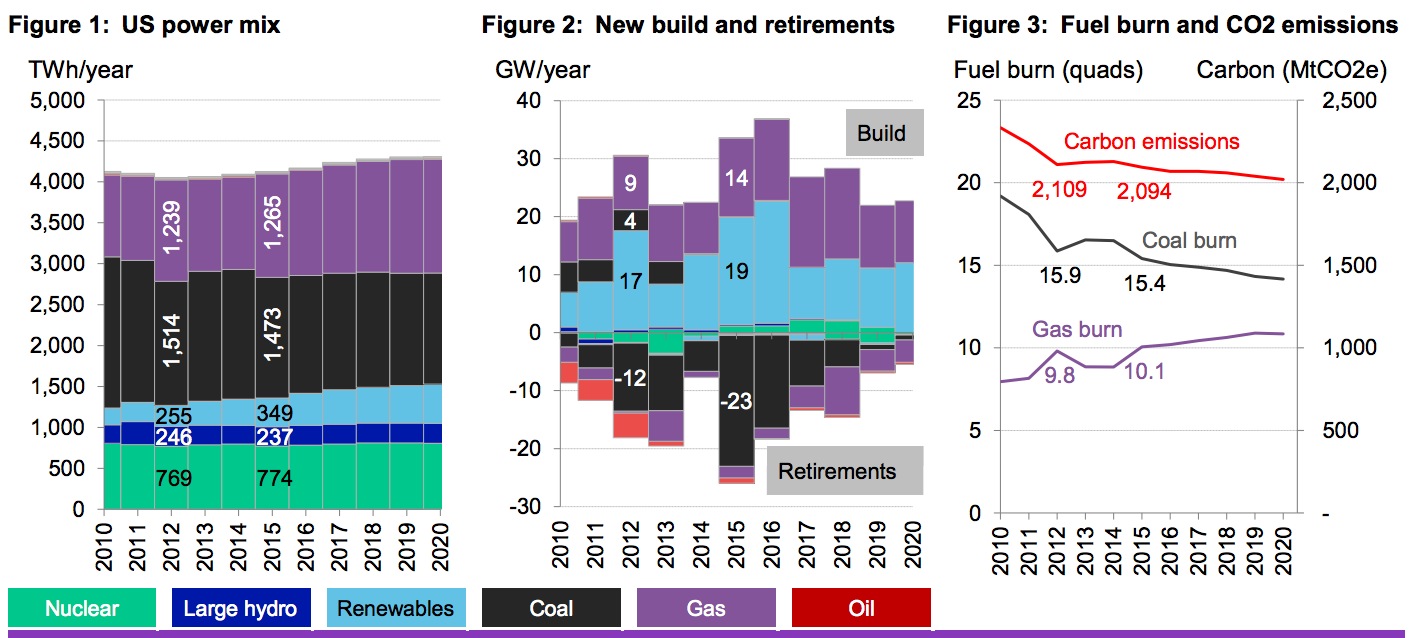
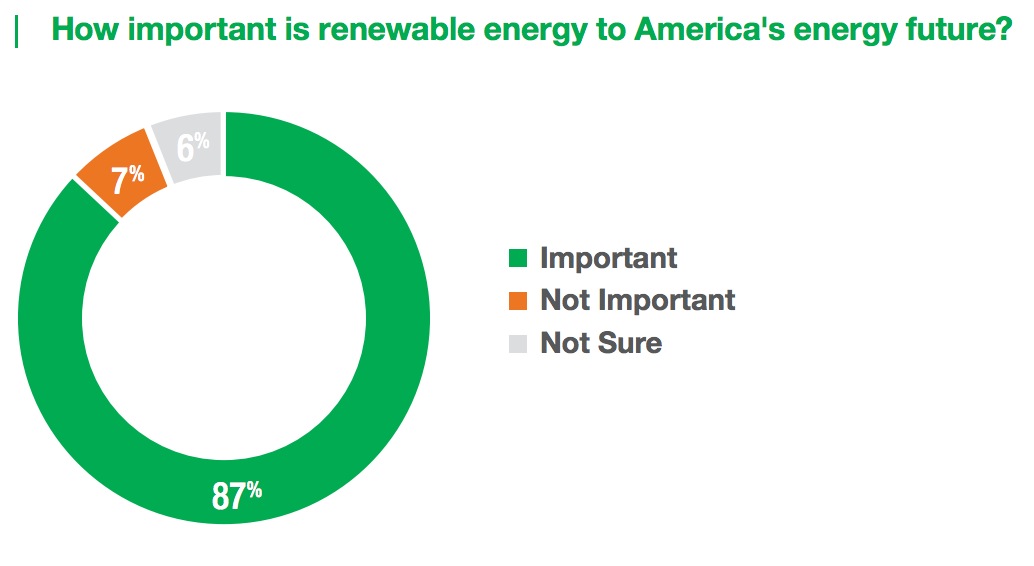

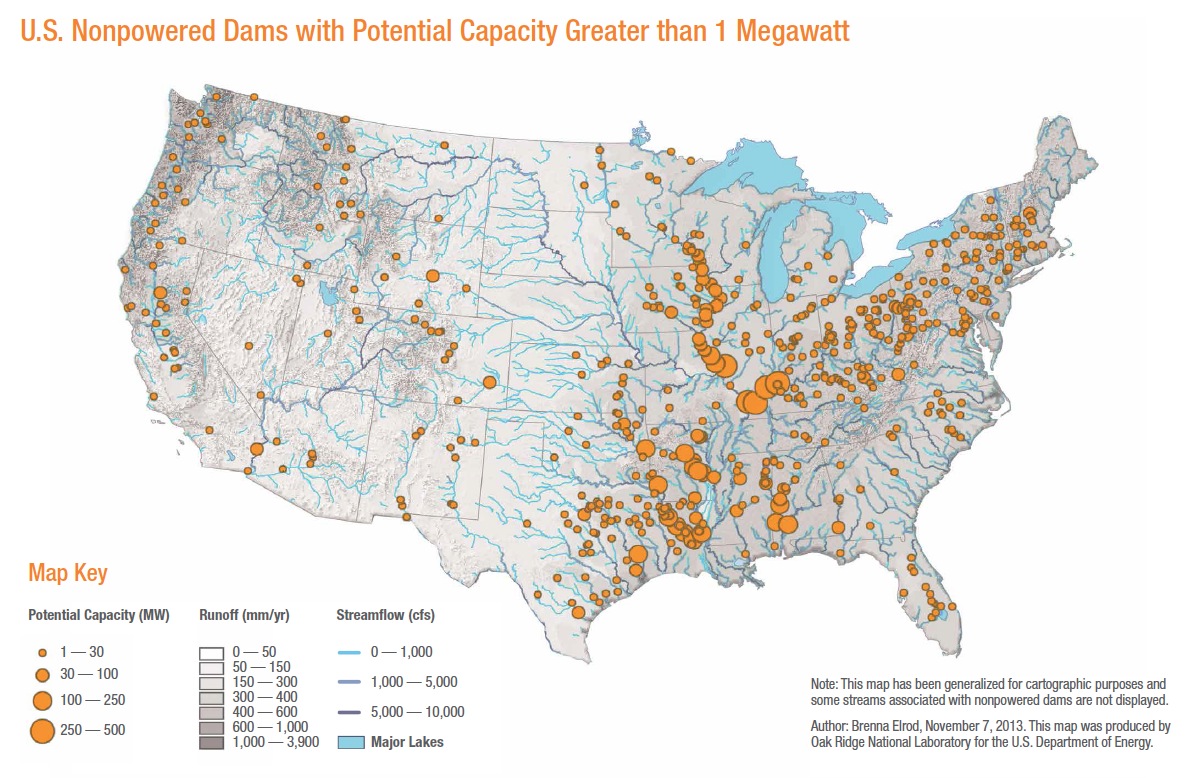
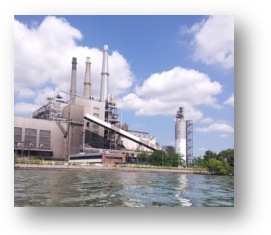

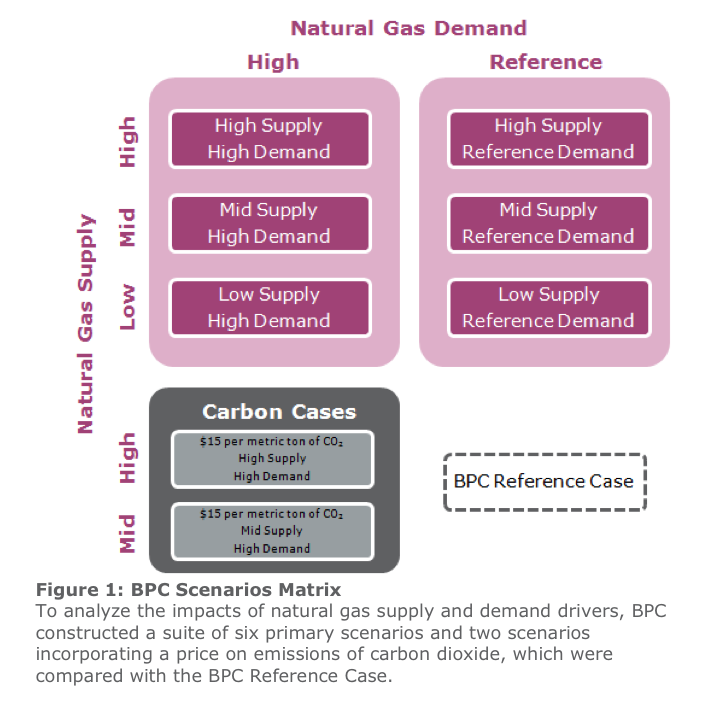
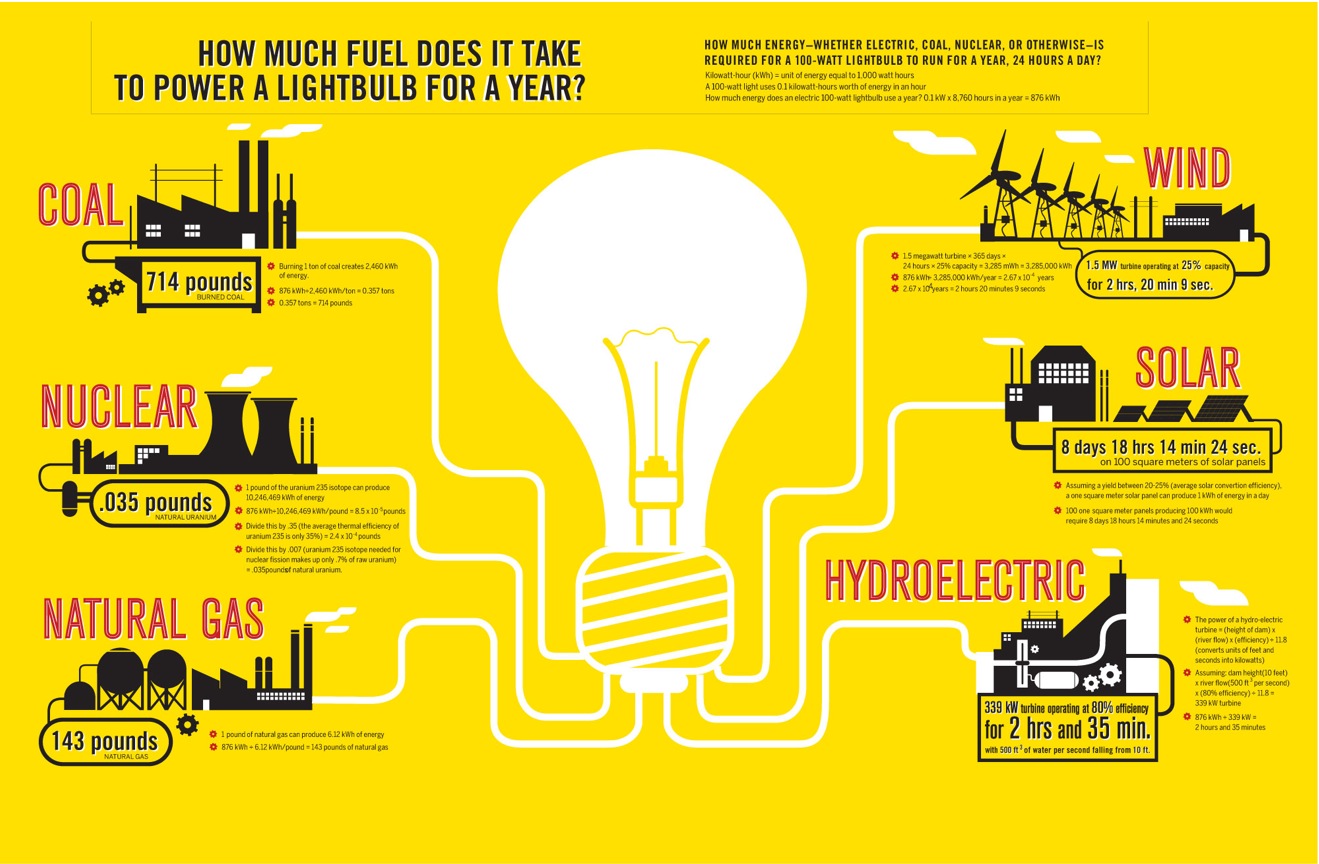

 RSS Feed
RSS Feed